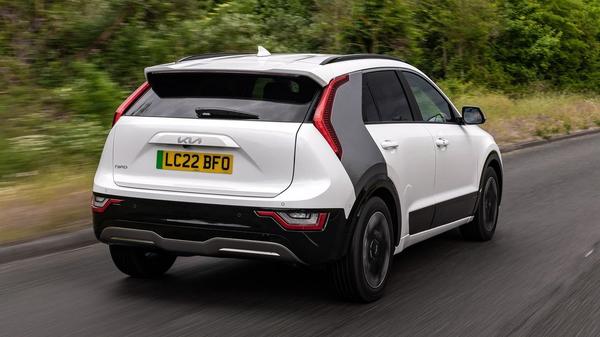Best Of
Most fuel-efficient cars
Whether you’re looking for a new petrol, diesel or hybrid car, here are the ones with the best miles-per-gallon – plus some tips on making the best choice for you
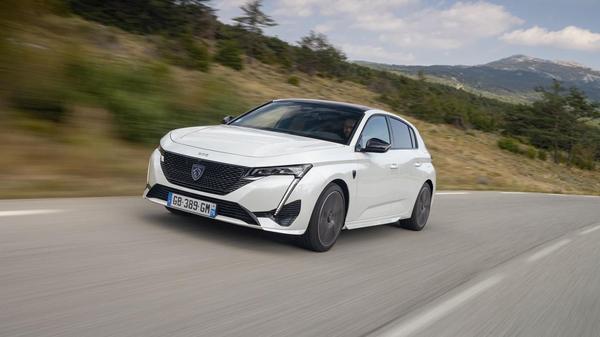

Words by: Auto Trader

Additional words by: Dan Trent
Last updated on 7 September 2023 | 0 min read
It wasn’t too long ago that if you wanted THE most efficient car, you bought a diesel. And then you just lived with the fact that it felt a bit slow and quite noisy. And while it’s true diesel is still a great way to get maximum mileage from your fuel tank, times have changed. For a start, diesels aren’t slow and noisy anymore. The rise of hybrids and plug-in hybrids over the last couple of decades, and turbocharging of small petrol engines, have given drivers loads of options if great efficiency is a priority. So, here we’re giving you the most efficient cars in three categories, namely petrol, diesel and plug-in hybrid (PHEV). We’ll explain more as we go along…
Petrol
Petrol cars are much more efficient than they used to be because carmakers have turned to turbochargers and electric-hybrid systems to improve both performance and miles-per-gallon, especially in smaller engines. Petrol cars are more suited than diesel for those who generally do shorter trips, basically because diesel engines need longer, faster runs to make sure the filters used to reduce their emissions operate properly.
Kia Picanto
The Picanto gets all the basics for a city car spot on: decent cabin space from a small footprint, an excellent driving position that will suit drivers of all sizes, good refinement even on the motorway, and low running costs. For best efficiency you’ll have to choose the lowest-powered Picanto, with the 1.0-litre DPi petrol engine and in a low trim grade (with small wheels), but the 99hp turbocharged T-GDi model is hardly any less efficient, while being significantly quicker – and therefore more fun.
Read the review or explore the Kia Picanto range on Auto Trader
Read the review or explore the Kia Picanto range on Auto Trader
- Manual Claimed miles-per-gallon (WLTP): 58.9mpg
- Most efficient version: 1.0 DPi (66hp)

Suzuki Swift
The Suzuki Swift is just a great little car – a no-nonsense runabout combining funky looks, a decent amount of space and a very appealing price. The one engine choice is a 1.2-litre petrol with ‘mild hybrid’ technology, which means it has a small electric motor that occasionally assists the engine to improve fuel economy. The result is a car approaching 60mpg. Plus, the Swift is one of the most fun-to-drive small cars around. Choose the manual version over the automatic for the best efficiency.
Read the review or explore the Suzuki Swift range on Auto Trader
Read the review or explore the Suzuki Swift range on Auto Trader
- Claimed miles-per-gallon (WLTP): 59.7mpg
- Most efficient version: SZ-L

Renault Clio
If there was an award for the most complicated small car drivetrain on sale today, the Renault Clio E-Tech Hybrid would win it. That’s because it combines a petrol engine with two small electric motors and a battery pack, driving the wheels through an automatic gearbox that uses legit Formula One technology. Explanation aside – we don’t have the space here – the upshot is a highly efficient car that can run on electricity alone for short periods, but doesn’t need to be plugged in. It has surprisingly smooth manners when driven gently, and on a basic level the Clio is a very high-quality and spacious small hatchback that makes for a great day-to-day runabout.
Read the review or explore the Renault Clio range on Auto Trader
Read the review or explore the Renault Clio range on Auto Trader
- Claimed miles-per-gallon (WLTP): 62.8mpg
- Most efficient version: E-Tech Hybrid
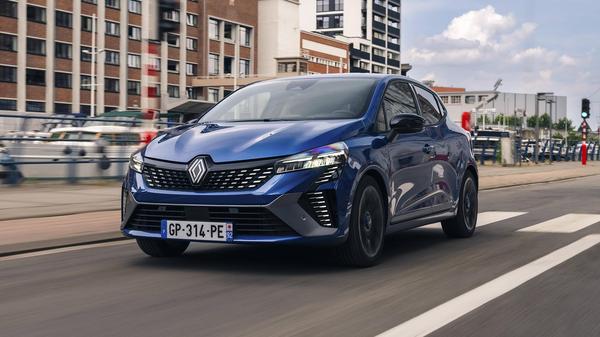
Toyota Corolla
Over the years the Corolla hasn’t necessarily had the most exciting reputation, but it’s always been a practical and hugely reliable family hatchback. This latest model retains both of those qualities, but now it’s a genuinely entertaining car to drive too. All Corollas come with a hybrid system as standard. A basic Icon model has the best on-paper efficiency, but whether you pick the lower-powered (140 horsepower) model or the higher-powered (196 horsepower) one, you’re looking at around 60mpg. The latter, though, feels a bit nicer: quieter, smooth, and pretty quick.
Read the review or explore the Toyota Corolla range on Auto Trader
Read the review or explore the Toyota Corolla range on Auto Trader
- Claimed miles-per-gallon (WLTP): 64.1mpg
- Most efficient version: Icon (140hp) Hybrid
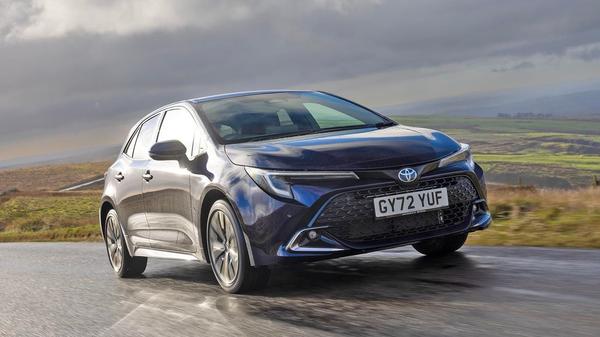
Mazda 2 Hybrid
The Mazda 2 Hybrid is not to be confused with the other Mazda 2, which is still on sale… it’s pretty baffling to be honest. Regardless, the two cars co-exist for the time being, but this newer one is the result of a partnership with Toyota. And if it looks very familiar, that’s because it’s a Toyota Yaris with Mazda badges on it, which crucially means it uses Toyota’s hybrid system to achieve 70mpg-plus fuel economy. It’s not quite as much fun to drive as the other, non-hybrid Mazda 2, but it’s far from uninteresting and the fuel efficiency claim is surprisingly realistic in real life. All of this applies to the Yaris too, surprisingly enough.
Read the review or explore the Mazda 2 Hybrid range on Auto Trader
Read the review or explore the Mazda 2 Hybrid range on Auto Trader
- Claimed miles-per-gallon (WLTP): 74.3mpg
- Most efficient version: 1.5 Hybrid

Diesel
Diesel is still the way to go if you want big mpg numbers but without the expense and complexity of a plug-in hybrid. Modern diesels are much smoother and quieter than they were, and they tend to feel quicker at low revs than a petrol engine because they have lots of torque. That makes them feel flexible and responsive on the accelerator. A diesel will tend to be a little more expensive than a petrol counterpart, and the fuel itself is more expensive too – so make sure you’re doing enough miles to make up the difference. They’re still great high-mileage cars, though.
BMW 1 Series
Okay, so we know that you’re probably going to want an M Sport version of your new 1 Series. Makes sense. It looks better – nicer wheels and interior – and, well, that’s just what most people do. The good news is, you can have a 116d M Sport if you like, but it does mean the efficiency drops to 58.9mpg – that’s what bigger wheels will do for you. Either way though, the 1 Series is one of the very best family hatchbacks on sale. The cabin quality is exceptional, the infotainment is easy to use, and even this lowest-powered diesel is quiet and rattle-free.
Read the review or explore the BMW 1 Series range on Auto Trader
Read the review or explore the BMW 1 Series range on Auto Trader
- Claimed miles-per-gallon (WLTP): 61.4mpg
- Most efficient version: 116d SE

- Claimed miles-per-gallon (WLTP): 62.8mpg
- Most efficient version: BlueHDi 100 Manual
Volkswagen Golf
Volkswagen recently announced that this Golf, the eighth since 1974, will be the last, as the company focuses on electric vehicles. It probably has around three more years. What a shame. Anyway, for the time being there are few cars better at being a day-to-day runabout than a diesel Golf. You know the drill: high quality, very refined, a flexible cabin and a real-world 60mpg-plus.
Read the review or explore the Volkswagen Golf range on Auto Trader
Read the review or explore the Volkswagen Golf range on Auto Trader
- Claimed miles-per-gallon (WLTP): 67.3mpg
- Most efficient version: Life 2.0 TDI Manual

Skoda Octavia
Skoda has done a phenomenal job of squeezing as much efficiency out of a 2.0-litre diesel engine as possible in the Octavia. The more economical manual option has now gone and you can’t have a diesel in the most basic spec Octavia either, but because the car is such great value that’s not too big a deal. To be honest, the DSG automatic version was always the better choice anyway. The economy rating only drops by a few mpg and it really suits the nature of what is a very quiet, comfy and spacious family hatchback.
Read the review or explore the Skoda Octavia range on Auto Trader
Read the review or explore the Skoda Octavia range on Auto Trader
- Claimed miles-per-gallon (WLTP): 67.7mpg
- Most efficient version: SE L hatchback 150PS DSG
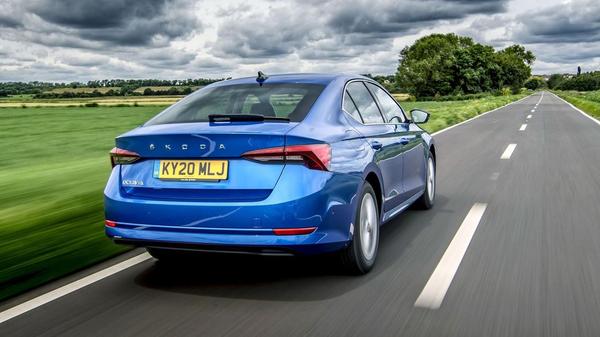
Plug-In Hybrid
Plug-in hybrids trounce all else when it comes to claimed mpg figures. That’s because they can run on electric power alone for a time – usually 30-40 miles – which means they perform exceptionally well in the lab-based WLTP fuel efficiency test. It is technically possible to match the claims in real life, if you do short journeys most of the time and plug the car in regularly, but you should consider the numbers carefully. Once the battery has run down you’re left with a heavier car and a petrol engine doing more work, which is inherently inefficient. On a long motorway trip, hybrids can be pretty bad on fuel, frankly. But their low CO2 emissions mean excellent company car tax rates.
Peugeot 308 PHEV
The latest Peugeot 308 is a lovely thing to drive, largely because it’s soft and wallowy in a way that no 308 before it has been – it goes over the road in a way that will be familiar to a Citroen driver. So, while that means it’s not as ‘fun’ to drive as something like a VW Golf or Ford Focus, it does genuinely feel more luxurious. Choose the lower powered PHEV of Peugeot’s two options (180- and 225 horsepower) for the best fuel efficiency.
Read the review or explore the Peugeot 308 range on Auto Trader
Read the review or explore the Peugeot 308 range on Auto Trader
- Claimed miles-per-gallon (WLTP): 213.7mpg
- Claimed electric range (WLTP): 40 miles
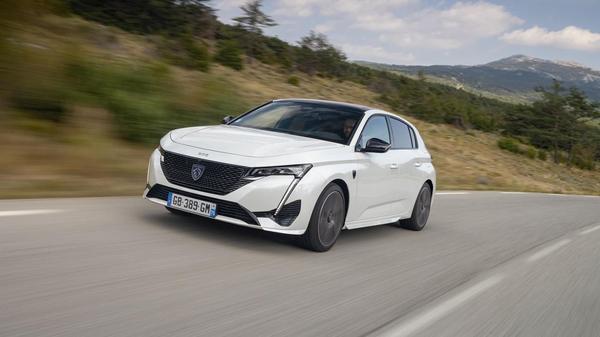
Mercedes-Benz E300de PHEV
The E300 de is a rare sort of plug-in hybrid because it uses a diesel engine instead of a petrol one. The benefit is slightly improved fuel economy when the battery is flat, which makes it a little more suited to long motorway trips than the average hybrid – you should see 50mpg even without any electrical assistance. Mercedes-Benz’s 2.0-litre diesel engine is one of the quietest around too, helping make this E-Class one of the most refined executive saloons on the market. And even more so when the car’s running in electric-only mode.
Read the review or explore the Mercedes-Benz E Class range on Auto Trader
Read the review or explore the Mercedes-Benz E Class range on Auto Trader
- Claimed miles-per-gallon (WLTP): 213.7mpg
- Claimed electric range (WLTP): 34 miles
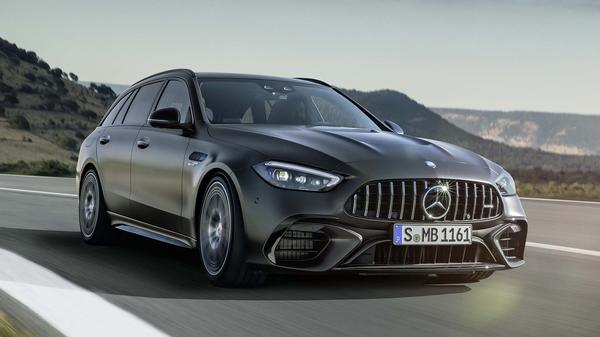
Lexus NX450h PHEV
Lexus has a massive amount of experience building hybrids, given it's been doing them since the late ‘90s. So, it might surprise you to know that the NX450h is the first plug-in hybrid the company has ever done; up until 2021, every Lexus hybrid was a ‘self-charging’ type. All that hybrid know-how has been valuable, though, because the NX450h is very efficient, very smooth and basically one of the nicest-to-drive PHEVs on the market.
- Claimed miles-per-gallon (WLTP): 256.7mpg
- Claimed electric range (WLTP): 40 miles
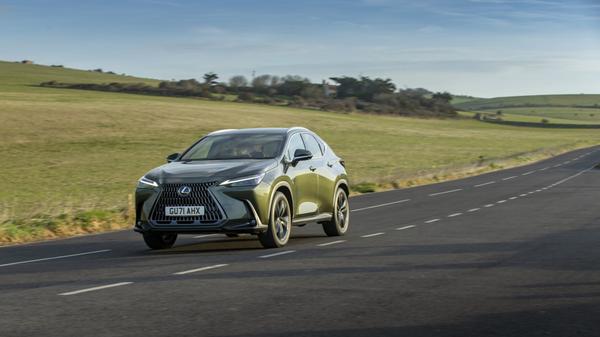
BMW X1 PHEV
That fuel efficiency number is not a typo. BMW really does claim 353 miles-per-gallon from the X1 plug-in hybrid. Back in reality, if you get even 20 per cent of that number during a drive from, say, Newcastle to London, you’ll be over the moon. The reason the mpg rating is so high is that the X1 PHEV has a relatively large battery, meaning its electric-only range is unusually high. The great thing about that is, if you live close to work you could feasibly use your X1 most days without ever dipping into the fuel tank. In that case, it will make a phenomenal company car for you.
Read the review or explore the Peugeot 208 range on Auto Trader
Read the review or explore the Peugeot 208 range on Auto Trader
- Claimed miles-per-gallon (WLTP): 353.1mpg
- Claimed electric range (WLTP): 53 miles
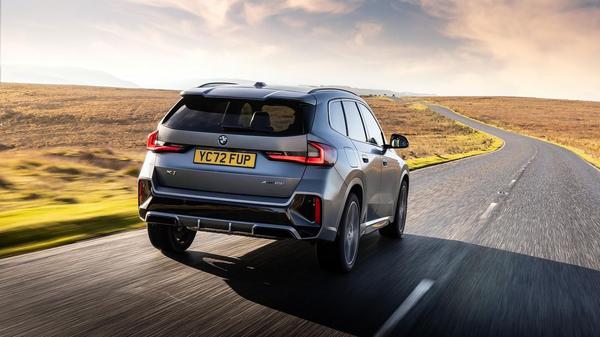
Kia Niro PHEV
Coincidentally, Kia claims the same average (and ridiculously high) mpg figure for the Niro that BMW does for the X1, despite the Niro not having quite the EV-only battery range. The same rules apply though: use your Niro PHEV wisely and you’ll effectively have an electric car with the safety of a fuel tank as back-up. And a lovely car, at that. The Niro has one of the nicest cabins of any family crossover. It’s worth noting that the 350-odd number is for basic cars on smaller 16-inch wheels. For reference, with 18-inch wheels the number drops to 282mpg. Surprising but true.
Read the review or explore the Kia Niro range on Auto Trader
Read the review or explore the Kia Niro range on Auto Trader
- Claimed miles-per-gallon (WLTP): 353.1mpg
- Claimed electric range (WLTP): 38 miles
